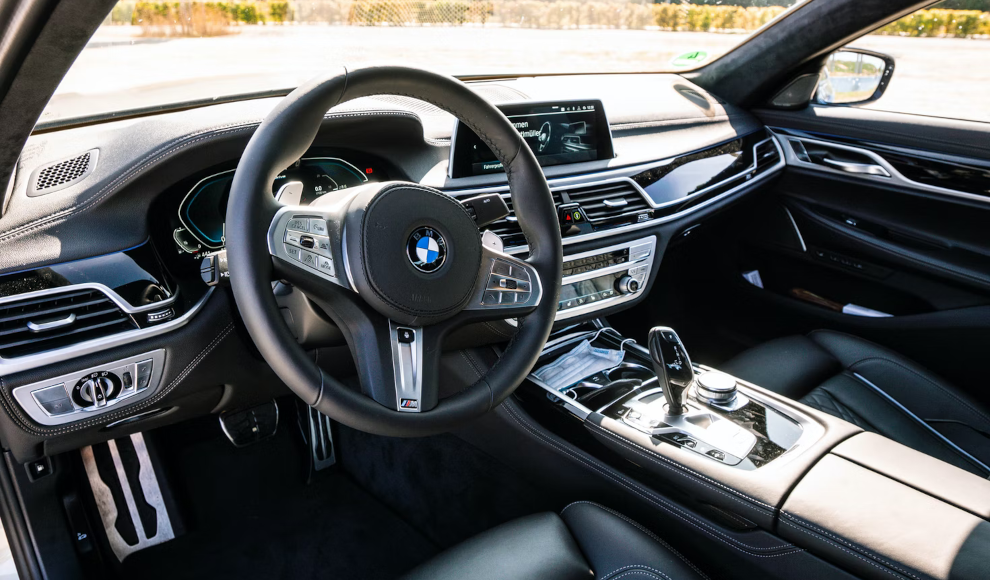Did you know that the average steering wheel in a car has 146 different types of bacteria living on it? That’s four times more bacteria than on an average toilet seat. Scientists at Aston University in Birmingham, England, have conducted a study on the germs found inside cars. They took samples from five different cars of varying ages, focusing on the main touchpoints such as the steering wheel, gear stick, dashboard, front and back seats, and trunk. The team, led by Jonathan Cox, identified an average of 146 different types of bacteria on the steering wheel alone, with even higher levels found on the gear stick (407 types), dashboard (317 types), driver’s seat (649 types), and trunk (1,425 types).
Interestingly, the study also found a correlation between the age of the car and the number of bacteria present. Older cars had significantly higher levels of bacteria than newer ones. Cox explains that this is likely due to the fact that the longer we own a car, the more likely we are to bring in bacteria from various sources. While most of the identified microbes are harmless to humans, the study did find some dangerous bacteria such as Escherichia coli (found in the trunk) and Pseudomonas (found inside the car), which can cause serious infections in people with weakened immune systems.
The study’s authors suggest that people often overestimate the cleanliness of their cars, and that simply washing them until they look clean may not be enough. Cox compares it to the idea of eating on a toilet seat – something most people would never consider. So, the next time you get behind the wheel, you might want to consider giving it a good wipe down first.










